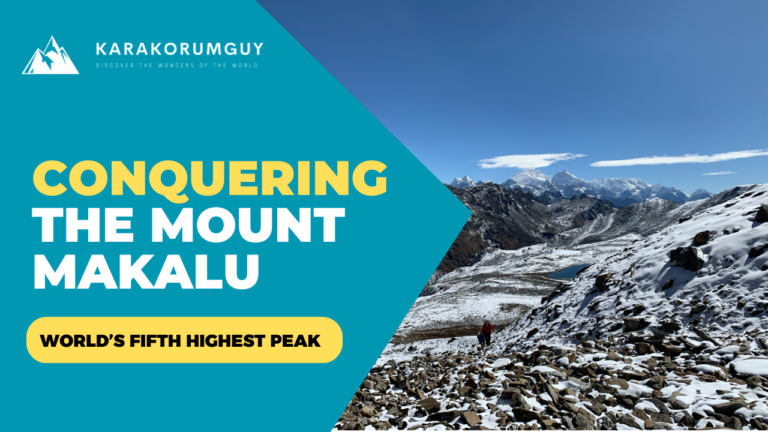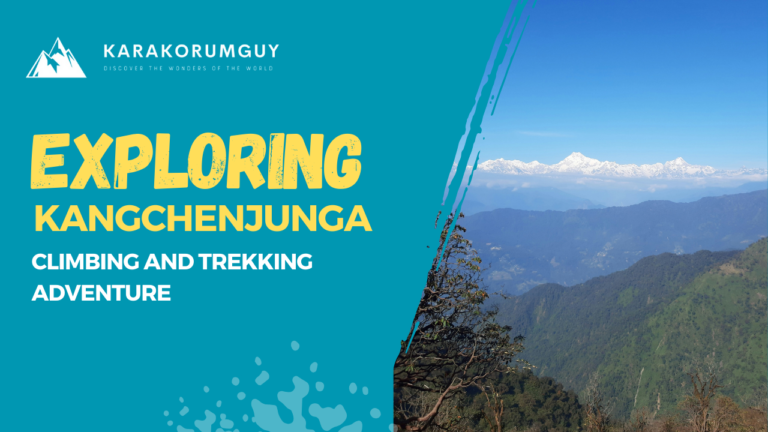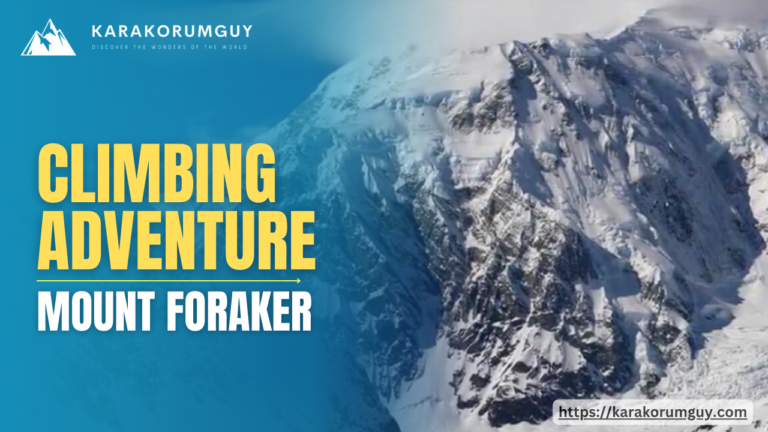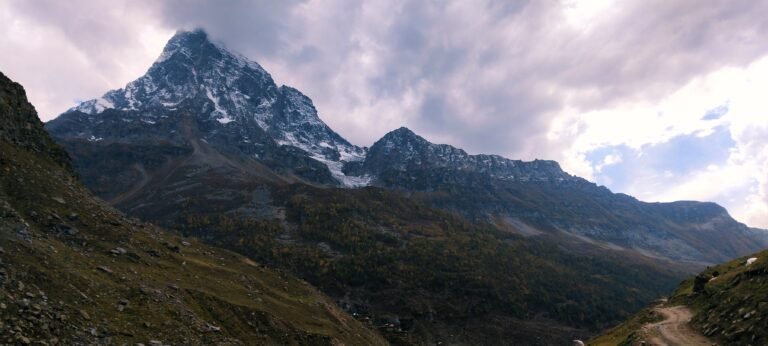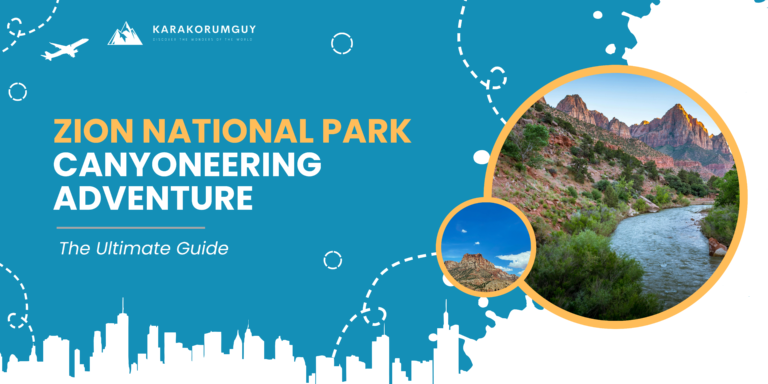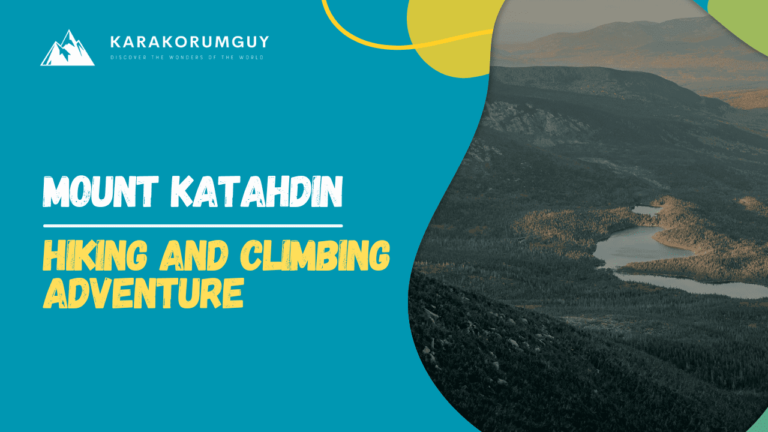Nanga Parbat: All You need to Know!
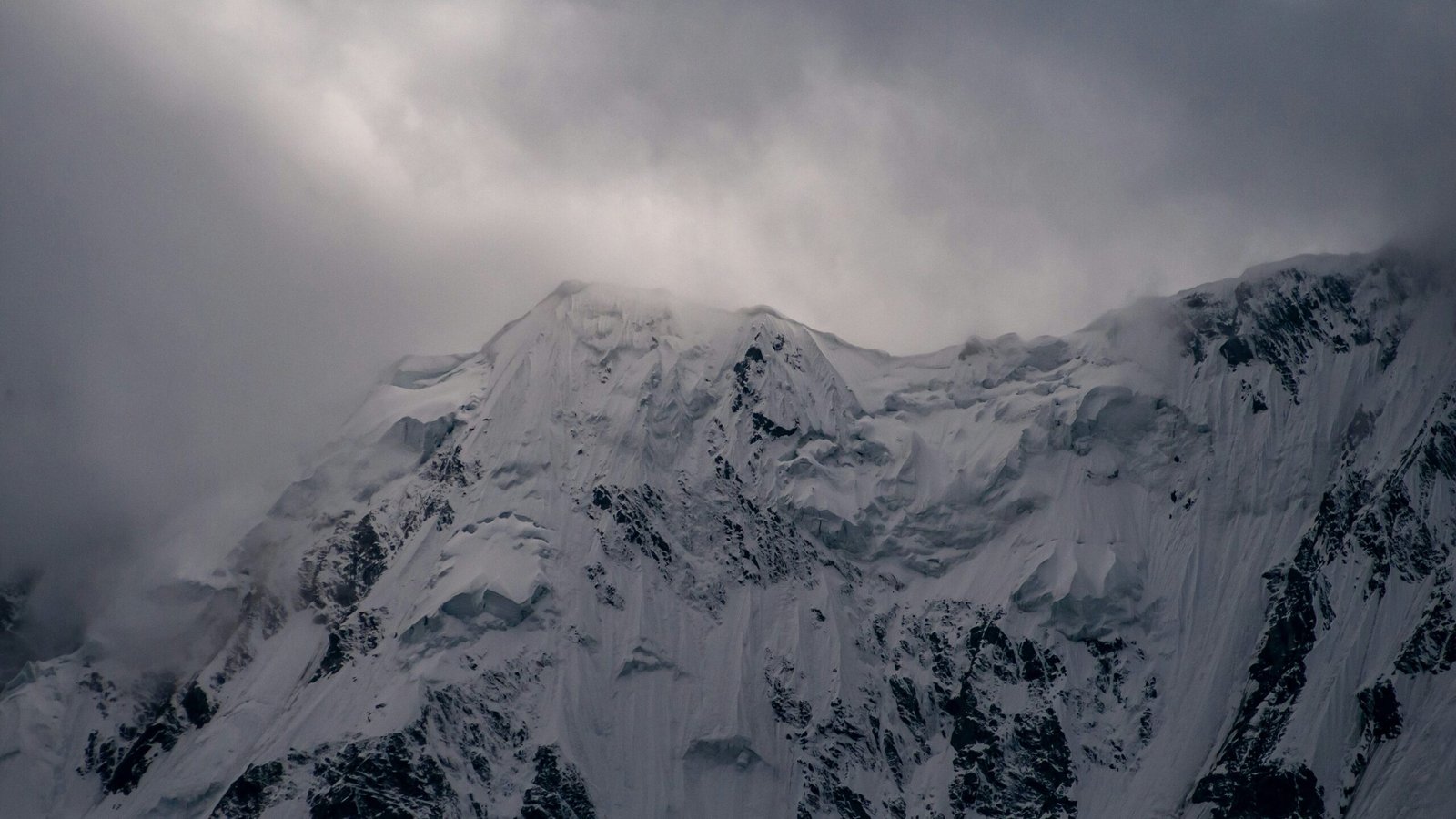
Nanga Parbat, also known as the “Killer Mountain,” stands majestically in the heart of the Himalayas, boasting the title of the world’s 9th highest mountain. Its towering peak, reaching an elevation of 8,126 meters (26,660 feet) above sea level, captivates adventurers and mountaineers from around the globe.
In this article, we are going to explore Nanga Parbat, the ninth highest mount peak in the world. So, let’s delve deeply into its details:
Location of Nanga Parbat
It is located in the Himalayas, specifically in the Gilgit-Baltistan region of Pakistan. It is the ninth highest mountain in the world. Nanga Parbat is known for its challenging climbing routes and its majestic presence in the mountainous landscape of northern Pakistan.
Why it is known as the “Killer Mountain”
Nanga Parbat has the nickname “Killer Mountain” due to its perilous reputation among climbers. Here’s why:
- Height and Terrain: Standing at 8,126 meters (26,660 feet), Nanga Parbat presents daunting challenges with its steep, icy slopes and rugged terrain.
- Unpredictable Weather: The mountain is notorious for its erratic and harsh weather conditions, including sudden storms, fierce winds, and extreme cold, which can swiftly endanger climbers.
- Avalanches and Icefalls: The presence of extensive glaciers and icefalls on Nanga Parbat increases the risk of deadly avalanches and icefalls, posing a constant threat to climbers.
- Technical Difficulties: Climbing Nanga Parbat demands advanced mountaineering skills due to its sheer rock faces, icy ridges, and crevassed glaciers, requiring precise navigation and technical expertise.
- History of Tragedies: Over the years, Nanga Parbat has been the site of numerous fatal incidents, including failed summit attempts, fatal falls, and altitude-related illnesses, contributing to its reputation as one of the most hazardous peaks globally.
Despite its dangers, Nanga Parbat remains an irresistible challenge for experienced climbers, albeit serving as a stark reminder of the unforgiving nature of high-altitude mountaineering.

Major Climbs and Milestones in Nanga Parbat’s History
Nanga Parbat, often referred to as the “Killer Mountain,” has a rich and storied history marked by significant climbs and milestones. Here are some of the major ones:
1. First Reconnaissance:
The first European to see Nanga Parbat up close was the British mountaineer Albert F. Mummery, who led an expedition to the mountain but was forced to turn back due to difficult terrain.
2. First Attempt:
The first attempt to climb Nanga Parbat was made by the legendary climber Alfred Mummery, along with his team. However, Mummery and two Gurkha companions disappeared during the ascent, and their bodies were never found.
3. First Ascent:
The first successful ascent of Nanga Parbat was achieved by an Austrian-German expedition led by Hermann Buhl. Buhl reached the summit solo, without supplemental oxygen, a remarkable feat that earned him much acclaim in the mountaineering world.
4. Diamir Face Route:
The Diamir Face, a massive wall on the western side of Nanga Parbat, was first climbed by a German expedition led by Karl Herrligkoffer. This route has since become one of the classic challenges in high-altitude mountaineering.
5. Tragic Expedition:
The 1970 German expedition to Nanga Parbat ended in tragedy when an avalanche struck their base camp, killing all eleven climbers and one porter, making it one of the deadliest disasters in mountaineering history.
6. First Winter Ascent:
In 2016, the Polish mountaineer team consisting of Adam Bielecki, Jacek Czech, Tomasz Kowalski, and Janusz Gołąb achieved the first winter ascent of Nanga Parbat, a remarkable achievement given the extreme weather conditions.
7. Continuous Challenges:
Throughout its history, Nanga Parbat has continued to pose significant challenges to climbers, with numerous attempts and expeditions ending in both success and tragedy. The mountain remains one of the most sought-after and formidable peaks in the world of mountaineering.
These climbs and milestones not only highlight the technical difficulties and dangers associated with Nanga Parbat but also the resilience and determination of mountaineers in pursuit of their goals.
Facts and Figures
- Nanga Parbat is the westernmost peak of the Himalayas.
- The first successful ascent of Nanga Parbat was achieved in 1953 by an Austrian expedition led by Hermann Buhl.
- The mountain is notorious for its harsh weather conditions and unpredictable storms.
- Nanga Parbat is part of the UNESCO World Heritage Site of the Western Himalayas.
Trekking and Climbing in Nanga Parbat
Importance
Trekking and climbing in Nanga Parbat offer unparalleled opportunities to immerse oneself in nature’s grandeur while embracing the thrill of adventure. Beyond the physical challenge, these endeavors provide a profound connection with the mountain’s majestic surroundings, fostering personal growth and unforgettable memories.
Best Trekking Routes
1. Fairy Meadows to Nanga Parbat Base Camp
Description
The trek from Fairy Meadows to Nanga Parbat Base Camp offers a mesmerizing journey through lush meadows, dense forests, and rugged terrain. It is a moderate trek suitable for both beginners and experienced trekkers.
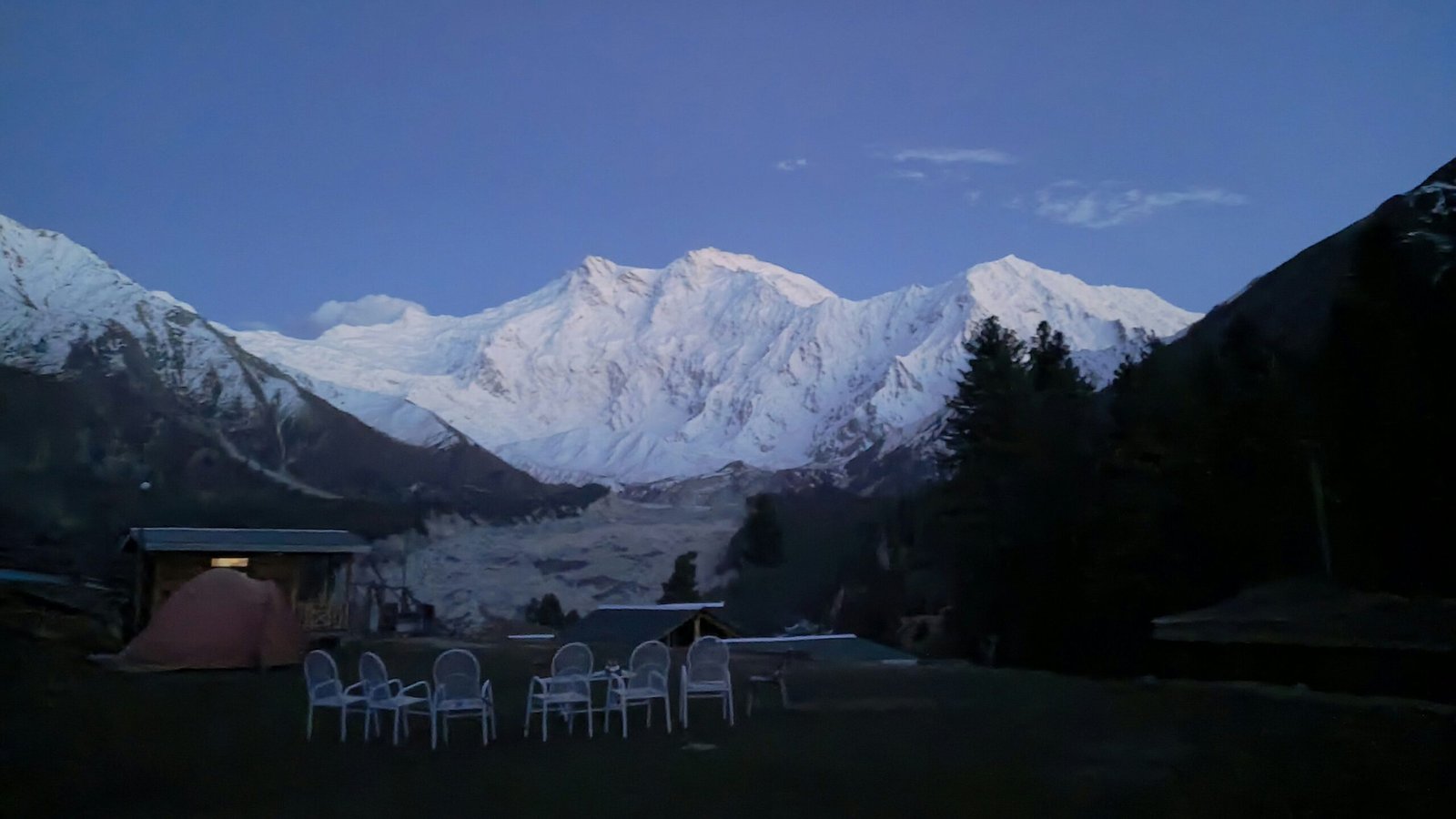
Difficulty Level: Moderate
Highlights
- Majestic views of Nanga Parbat
- Camping under the starlit sky at Fairy Meadows
- Crossing the thrilling wooden bridge over the raging river
2. Rupal Valley Trek
Description
The Rupal Valley Trek is a challenging yet rewarding expedition that takes you through remote villages, alpine meadows, and glaciers. It offers stunning views of Nanga Parbat’s iconic Rupal Face.
Difficulty Level: Difficult
Highlights
- Spectacular sunrise views from Rupal Peak
- Encounters with diverse flora and fauna
- Camping beside the tranquil Rupal River
3. Mazeno Ridge Trek
Description
The Mazeno Ridge Trek is one of the toughest and most adventurous routes in Nanga Parbat. It involves traversing the perilous Mazeno Pass and offers unparalleled views of the surrounding peaks.
Difficulty Level: Extreme
Highlights
- Crossing the challenging Mazeno Pass
- Panoramic views of the Himalayan range
- Immersion in the untouched wilderness of Mazeno Valley.
Safety Tips
- Hire a knowledgeable guide familiar with the terrain and weather conditions.
- Stick to designated trails to avoid getting lost or encountering dangerous terrain.
- Keep a close eye on the weather forecast and be prepared for sudden changes in weather conditions.

Best Climbing Routes
1. Diamir Face Route
The Diamir Face route, also known as the “Normal Route,” offers climbers a relatively more accessible path to the summit of Nanga Parbat. Despite its challenges, including crevasse crossings and serac falls, it remains a popular choice for mountaineers seeking to conquer the peak.
2. Rupal Face Route
Widely regarded as one of the most demanding routes on Nanga Parbat, the Rupal Face route presents climbers with steep icefalls, treacherous rock formations, and unpredictable weather conditions. Only the most experienced and skilled mountaineers dare to undertake this formidable ascent.
3. Schell Route
The Schell Route, named after the renowned German climber Hermann Schell, provides a challenging yet rewarding alternative to the more traditional routes on Nanga Parbat. With its technical ice and mixed climbing, it offers a thrilling adventure for those seeking an unconventional ascent.
Challenges and Risks
Climbing Nanga Parbat is not without its dangers. Avalanches, rockfalls, and extreme weather conditions pose significant risks to climbers, requiring careful planning and preparation.
Factors to Consider Before Climbing
Before attempting to climb Nanga Parbat, the world’s ninth highest mountain and one of the most challenging peaks to climb, there are several crucial factors to consider:
1. Physical Fitness:
Climbing Nanga Parbat requires excellent physical conditioning. You need to be in top physical shape to endure the extreme altitude, cold temperatures, and strenuous climbing for an extended period.
2. Experience:
Mountaineering experience is essential, especially in high-altitude and technical terrain. Climbers should have prior experience with ice climbing, rock climbing, and high-altitude trekking.
3. Altitude Acclimatization:
Proper acclimatization is crucial to prevent altitude sickness. Climbers should plan for gradual ascent, allowing their bodies to adjust to the decreasing oxygen levels at higher altitudes.
4. Weather Conditions:
Nanga Parbat is notorious for its unpredictable and harsh weather conditions. Climbers must be prepared to face severe cold, high winds, snowstorms, and avalanches.
5. Technical Skills:
Climbing Nanga Parbat involves navigating through challenging terrain, including steep ice slopes, rock faces, and crevasses. Proficiency in technical climbing skills, such as using crampons, ice axes, and rope techniques, is essential.
6. Equipment:
Climbers need specialized equipment designed for high-altitude and extreme cold conditions, including insulated clothing, mountaineering boots, harnesses, helmets, ice tools, and camping gear.
7. Logistics and Support:
Organizing logistics, such as permits, transportation, accommodation, and support staff, is crucial for a successful expedition. Climbers may choose to join a guided expedition or arrange logistics independently.
8. Health and Safety:
Climbing Nanga Parbat carries inherent risks, including altitude sickness, frostbite, falls, and avalanches. Climbers should have comprehensive medical insurance and be prepared to respond to emergencies effectively.
9. Environmental Impact:
Climbers should adhere to Leave No Trace principles and minimize their environmental impact on the mountain. Respect for local customs, culture, and the fragile mountain ecosystem is essential.
10. Risk Assessment:
Climbers must carefully assess their skills, experience, and personal limits before attempting Nanga Parbat. It’s essential to make informed decisions and prioritize safety above all else.
Before embarking on a Nanga Parbat expedition, climbers should thoroughly research and prepare for the challenges they will face, ensuring they have the skills, experience, and resources necessary for a safe and successful climb.

Essential Gear for Trekking and Climbing
When gearing up for trekking and climbing, having the right equipment can make all the difference. Here’s a list of essential gear you’ll need:
- Backpack: A durable backpack with padded straps and a waist belt to carry all your gear comfortably.
- Footwear: Sturdy hiking boots with good ankle support for trekking and climbing shoes with sticky rubber soles for climbing.
- Clothing: Moisture-wicking base layers, insulating mid-layers, and waterproof outer layers to keep you warm and dry in varying conditions. Don’t forget gloves, a hat, and sunglasses for protection.
- Navigation: A map, compass, and/or GPS device to help you navigate your route safely.
- Headlamp/Flashlight: Essential for navigating in the dark or during early morning starts.
- First Aid Kit: Including essentials like bandages, antiseptic wipes, pain relievers, and any personal medications.
- Emergency Shelter: A lightweight tent or emergency bivy sack for unexpected situations.
- Food and Water: Pack lightweight, high-energy snacks and plenty of water or a water purification system.
- Climbing Gear: Harness, helmet, ropes, carabiners, belay device, and other essential climbing equipment depending on your route.
- Protection: Depending on the terrain, you might need gear like crampons, ice axes, or snowshoes for snow and ice travel.
- Sun Protection: Sunscreen, lip balm with SPF, and clothing with built-in sun protection to prevent sunburn.
- Multi-tool/Knife: Useful for various tasks like gear repair, cutting rope, or preparing food.
- Communication: A fully charged cellphone or satellite communicator for emergencies.
- Personal Locator Beacon (PLB): A device that sends out a distress signal in case of emergency when you’re out of cellphone range.
- Emergency Whistle: A loud whistle to signal for help in case of emergencies.
Remember to tailor your gear to the specific requirements of your trek or climb, and always prioritize safety above all else.
Recommended Tour Operators and Guides
Partnering with reputable tour operators and experienced guides is essential for a successful trekking or climbing expedition in Nanga Parbat. These professionals offer invaluable expertise, logistical support, and safety measures to enhance the overall experience and ensure peace of mind for adventurers.
Tips for a Successful Trekking and Climbing Experience
- Begin with adequate physical training and acclimatization to high altitudes.
- Pack essential supplies, including food, water, and emergency provisions.
- Respect local customs and traditions while interacting with communities along the journey.
- Stay informed about weather conditions and heed warnings from experienced guides.
- Embrace the spirit of adventure while prioritizing safety and responsible trekking practices.
Best Time to Visit Nanga Parbat
The best time to visit Nanga Parbat largely depends on your interests and what activities you plan to do there. However, generally, the optimal time for trekking and climbing in the Nanga Parbat region is during the summer months, from late June to early September. During this time, the weather is relatively stable, with warmer temperatures and clear skies, making it safer and more enjoyable for outdoor activities. However, keep in mind that weather conditions can still change rapidly in mountainous regions, so it’s essential to be prepared for sudden changes even during the recommended months.
Accommodation Options in Nanga Parbat
If you’re planning to visit Nanga Parbat, there aren’t many places to stay right at the mountain itself because, well, it’s a giant mountain! But nearby towns and villages have places where you can stay while you explore the area. Here are some options:
1. Hotels:
If you like a comfy stay with amenities like hot showers and Wi-Fi, you can check out hotels in towns like Chilas and Astore. Places like Rama Lake View Hotel, Nanga Parbat View Hotel, and Astore Inn Hotel offer these comforts.
2. Guesthouses:
For a more budget-friendly option, guesthouses in nearby villages are great. They may be simpler but usually offer dorm beds or private rooms. Fairy meadows Inn and Rama Midway Guest House are a couple of examples.
3. Camps:
If you’re up for adventure, camping near Nanga Parbat Base Camp is an awesome option. You’ll need proper gear and experience, but it’s a fantastic way to experience the beauty of the Himalayas up close. Fairy Meadows Greenland Resorts offer pre-built camps for a cozy camping experience.

Getting to Nanga Parbat: Transportation Guide
While reaching the summit of Nanga Parbat directly via public transport is not feasible due to its perilous terrain, you can access the towns surrounding the mountain, which serve as basecamps for treks and expeditions. Here’s how you can reach these areas:
To embark on a journey to Nanga Parbat, you’ll first need to make your way to Islamabad, home to the nearest major airport, Islamabad International Airport (ISB). From there, you have a few options.
1. Fly into Islamabad:
The journey begins with reaching Islamabad International Airport (ISB). Commercial flights from various parts of the world connect to Islamabad, making it a convenient entry point.
2. Domestic Flight to Gilgit:
Consider taking a domestic flight from Islamabad to Gilgit. Although not as frequent as international flights, domestic flights significantly reduce travel time compared to road transportation.
3. Take a Car:
For flexibility in your itinerary, hiring a car with a driver or driving yourself from Islamabad to Chilas, the main town near Nanga Parbat, is a popular choice. The journey takes approximately 12 to 14 hours and involves navigating winding mountain roads.
4. Public Bus:
An economical option is taking a public bus from Islamabad to Chilas. While budget-friendly, this journey can be long, lasting up to 20 hours. Expect crowded buses and fewer amenities, but enjoy significant cost savings.
5. Local Transport in Chilas:
Upon reaching Chilas, you can hire jeeps or taxis to reach smaller villages or trailheads closer to Nanga Parbat. Negotiate fares with local transporters, and consider factors such as destination and group size when determining prices.
Whether by air or land, reaching Nanga Parbat’s basecamps and surrounding areas requires careful planning and consideration of transportation options.
Conclusion
In this article, we’ve embarked on a journey to explore Nanga Parbat, the world’s 9th highest mountain. It stands as a testament to the indomitable spirit of human exploration and the fragile beauty of our planet’s most remote landscapes. From its towering summit to its lush valleys below, this majestic mountain offers a glimpse into a world untouched by time. Whether you’re an experienced climber seeking the ultimate challenge or a curious traveler looking to immerse yourself in nature, Nanga Parbat has something to offer everyone.
Hope you found this article on Nanga Parbat, the world’s 9th highest mountain, helpful. Click here to learn more about other highest peaks in the world.




